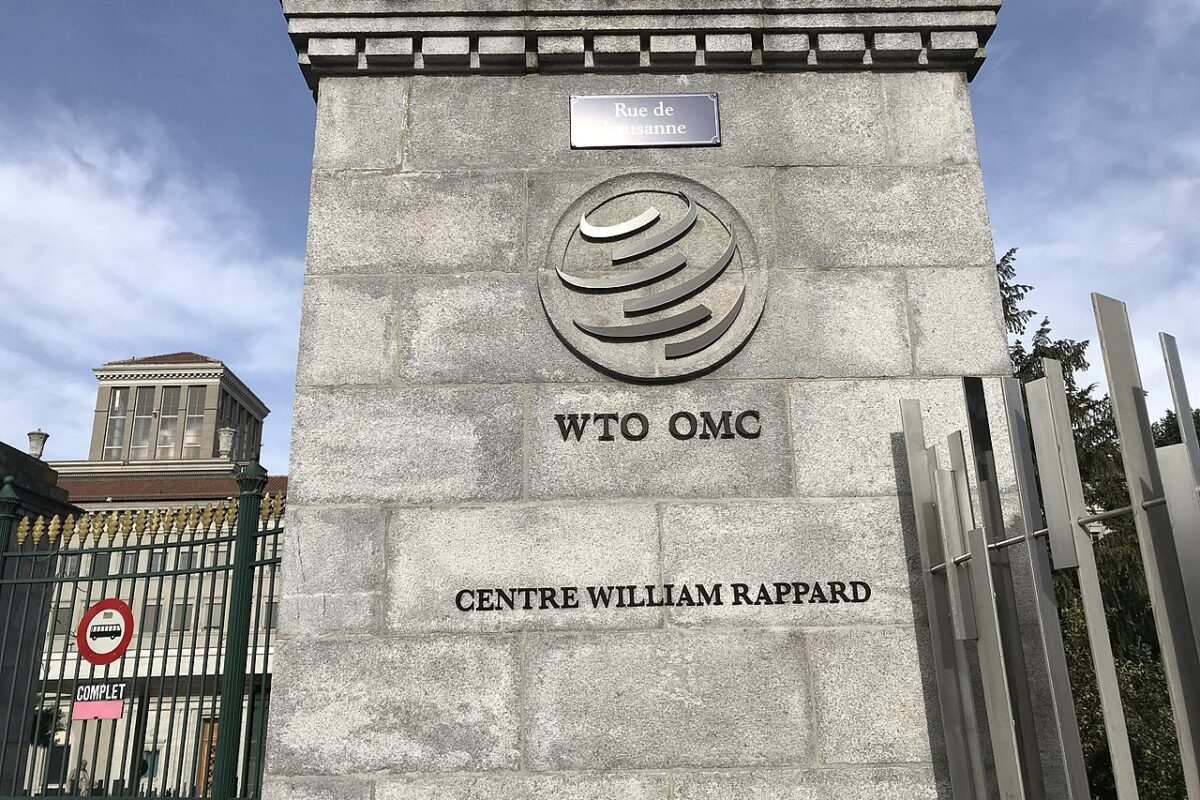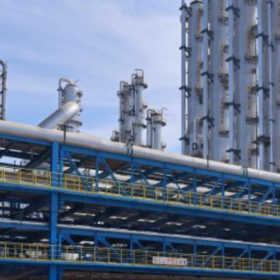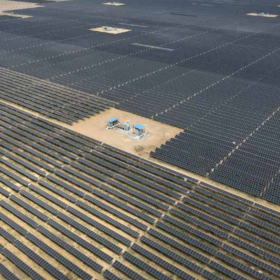Researchers from Ghent University in Belgium and the Engie Laborelec unit of the French energy giant have investigated how much silver could be needed by the PV industry by 2030 and have found that silver shortages may become more frequent.
“Our work highlights the role of new c-Si designs such as TOPCon and SHJ in driving up silver demand, and by considering competing sectors, it provides a comprehensive view of total demand and supply by 2030,” the research’s corresponding author, Vittoria Cattaneo, told pv magazine. “In doing so, the research quantifies the scale of the challenge and shows that it is an issue the industry will have to address without delay.”
The researchers conducted their analysis based on PV deployment scenarios considering data on individual solar cell technologies such as PERC, TOPCon, heterojunction (HJT), back-contact (BC), and tandem. They also used market share forecasts and silver intensity data released by Germany’s Machinery and Equipment Manufacturers Association (VDMA).
The research group also outlined two PV production scenarios – a baseline scenario estimating that global PV manufacturing capacity increases 500 GW/year in 2023 to over 1 TW/year by 2030, and an accelerated scenario projecting PV production grows to 1.3 TW/year by 2030.
Furthermore, the academics considered five different scenarios for the global silver market: a moderate scenario based on the baseline PV production and baseline trajectory for silver intensity reduction; a high demand scenario linking the accelerated PV production and baseline silver intensity reductions; a low demand scenario projecting low demand for both the PV and silver industry; an innovative scenario similar to the high demand one but with accelerated silver intensity reduction; and an unlikely 100 % PERC PV silver demand assuming PERC will regain complete dominance on the market.
“The comparison of the PERC scenario with the remaining ones will allow assessing the effect that transitioning to more silver-intensive PV technologies, especially TOPCon and HJT, can have on the silver demand within the PV industry,” the scientists specified.
Moreover, they outlined two different scenarios for global silver supply by 2030: one with demand expected to increase 3% year-on-year driven by GDP growth; and one with demand growing by over 3% driven by competing industrial demand. “Projections for silver demand in the PV industry and competing sectors were combined to forecast total implied silver demand in the period 2023–2030. For simplicity, out of the eight possible scenarios, only the three more representative ones were selected,” they stated.
The analysis showed that total silver demand is projected to reach 48,000 to 52,000 t/y in 2030, with supply being enough to reach only 34,000 t/y. The PV industry, meanwhile, is projected to see its silver demand grow by a factor of 1.6 to 2.3 to 10,000–14,000 t/y in 2030, as a consequence of higher silver consumption in new cell designs such as TOPCon and HJT. “As a result, the silver demand of the PV industry could account for 29–41 % of the projected supply in 2030,” the academics emphasized.
The scientists said more efforts should be made to reduce silver content in TOPCon and HJT solar cells. “In particular, policies should support preferentially the development of solutions that enable reducing silver consumption without requiring major changes to existing manufacturing processes,” they concluded.
Their findings are available in the study “Forecasting silver demand and supply by 2030: Impact of silver-intensive photovoltaic cells and sectoral competition,” published in Resources, Conservation and Recycling.
“Our work aims to raise the industry’s awareness about this growing issue, stress that raw material availability is critical for the energy transition and thus call for more efficient management of silver across the full life cycle of PV and other products. PV technologies have evolved very rapidly in the past decade, already achieving great reductions in silver use,” Cattaneo added. “Our findings underline the importance of continuing and accelerating innovation in this direction. Further reductions in PV silver use or substitution with more abundant materials will be essential to sustain large-scale PV deployment. On the supply side, expanding silver recycling is also key to mitigating potential constraints.”
This content is protected by copyright and may not be reused. If you want to cooperate with us and would like to reuse some of our content, please contact: editors@pv-magazine.com.









By submitting this form you agree to pv magazine using your data for the purposes of publishing your comment.
Your personal data will only be disclosed or otherwise transmitted to third parties for the purposes of spam filtering or if this is necessary for technical maintenance of the website. Any other transfer to third parties will not take place unless this is justified on the basis of applicable data protection regulations or if pv magazine is legally obliged to do so.
You may revoke this consent at any time with effect for the future, in which case your personal data will be deleted immediately. Otherwise, your data will be deleted if pv magazine has processed your request or the purpose of data storage is fulfilled.
Further information on data privacy can be found in our Data Protection Policy.